How to choose sofa and armchair covers?
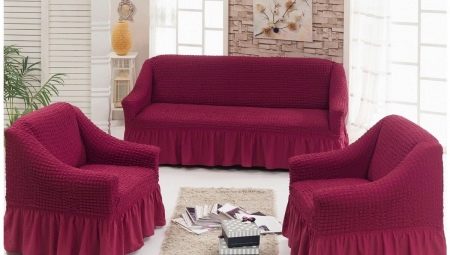
Covers for a sofa and an armchair are not only reliable protection for upholstered furniture, but also allow you to interestingly transform the interior. This type of product has appeared on the market recently, but due to its functionality and chic choice of design, it is very popular. Unlike ordinary bedspreads, the covers do not roll or lose their shape, but in order to choose them correctly, you need to know certain nuances.

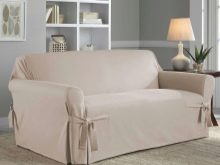
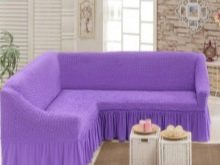
Varieties of kits
Buying a cover for a sofa and an armchair is considered a tricky business, since these products come in different types. To choose the right option, it is important to take into account the size of the upholstered furniture and their combination with the overall design of the room. All capes are subdivided into the following groups:
- universal (ready-made);
- tailored to order;
- on an elastic band;
- eurocover.
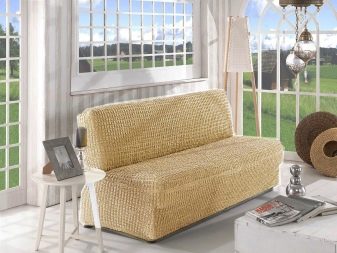
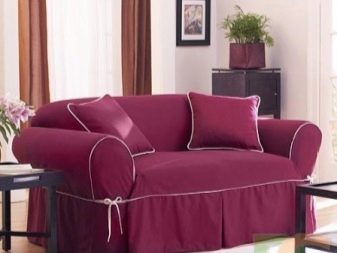
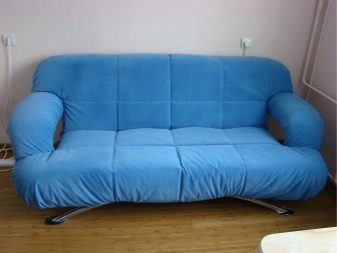
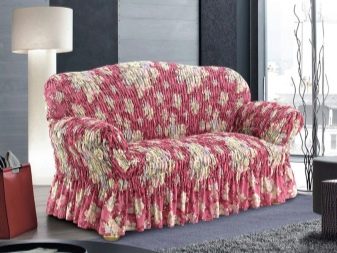
In addition, on sale you can find a fragmentary blanket for separate parts of the sofa with special Velcro locks. It can be with or without armrests. Depending on the size and model of furniture, covers are subdivided into such varieties.
- Double. Suitable for structures with backrest widths from 1.2 to 1.6 m.
- Triple rooms (large). Recommended for sofas with backrest widths from 1.6 to 2.5 m.
- Corner... They are a decorative blanket that allows you to decorate a corner module with a backrest width from 3.8 to 5.5 m. Manufacturers make separate covers for right-side and left-side projections.
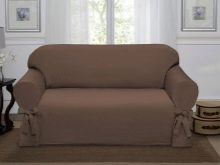
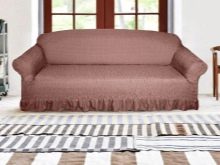
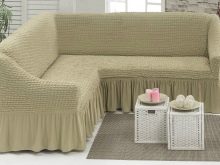
To mark the sidewalls, the edges of the cape are sewn with ruffles, piping or tape. Sometimes they are additionally decorated with decorative elements.If you need to choose covers for non-standard designs (with armrests, high back), then it is recommended to sew them to order.
Materials and colors
Covers for armchairs and sofas differ not only in size, design, price, but also in sewing material. As a rule, such options are used for the manufacture of these products.
- Flock. It is a durable and soft-touch fabric that is characterized by high performance. It is resistant to fading in the sun and is ideal for sewing corner furniture in living rooms. If there are animals in the apartment, then it is best to choose a Teflon flock, it is resistant to dirt and pets' claws.
- Velours. Outwardly, it resembles velvet, but unlike it does not cause allergic reactions, it is easy to wash and clean. Not suitable if there are cats and dogs in the apartment, since you will have to constantly remove wool from the surface of the capes.
- Cotton. It is considered one of the most popular ecological materials, the main drawback of which is a short service life. In addition, such covers shrink after washing.
- Microfiber. It is mainly used for sewing eurocovers for corner sofas. It is a durable fabric that is inexpensive and easy to clean.
- Leather. Differs in high aesthetic qualities, as it allows you to add sophistication and chic to the interior. Leather covers are usually bought to decorate furniture placed in offices and living rooms. The disadvantage of the products is the high price. Eco-leather is a budget option for this material; it is in no way inferior to natural material in terms of performance.
- Tapestry. It is a decorative fabric, the design of which is created by weaving fibers. Looks beautiful on furniture and goes well with decor items in rooms decorated in a modern style. There are no downsides.

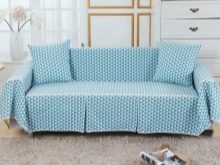
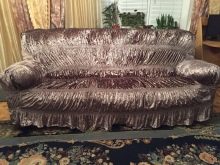
An equally important criterion in the choice of covers is their color range. Pastel shades work well for light and airy rooms. If you need to give a luxurious look to the interior of the room, then you must give preference to chocolate-colored capes. Covers with small prints and bright ornaments are not suitable for large furniture. In addition, when buying capes, one should take into account the psychological impact of colors on a person, namely:
- orange cannot be used as the main color, as it has an aphrodisiac effect;
- yellow goes well with other warm shades and looks good in living rooms, children's rooms;
- green promotes relaxation, but it is difficult to match it to the decor in the room;
- light green adjusts to positive emotions and looks interesting in any design;
- blue is perfect for rooms decorated in a minimalist style;
- gray, black and purple look strictly in the interior and have a depressing effect on a person;
- red can be chosen only if it is smoothed with softer shades;
- white is considered a classic color that harmonizes with all tones.
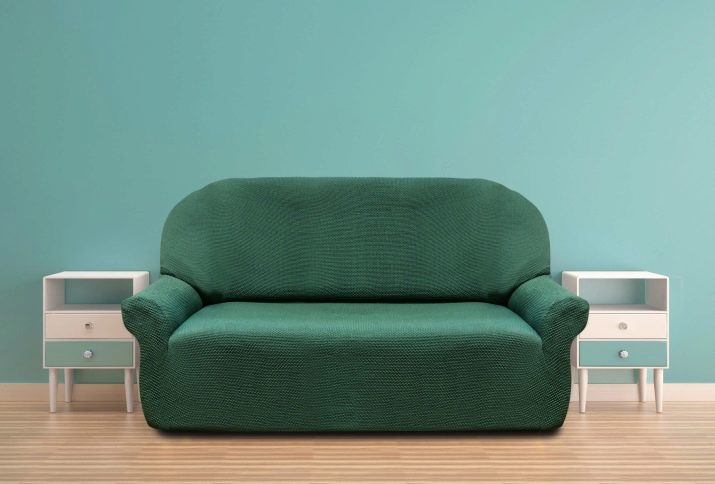
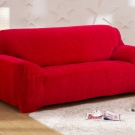
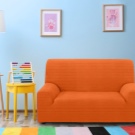


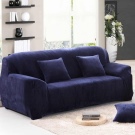
Manufacturers
Today covers for sofas and armchairs are produced by both domestic and foreign manufacturers. Products from Bulsan trademark (Turkey)... They are sewn from quality material, which includes cotton and polyester (ratio 40: 60). The covers are equipped with convenient locks that do not allow the fabric to slide off.
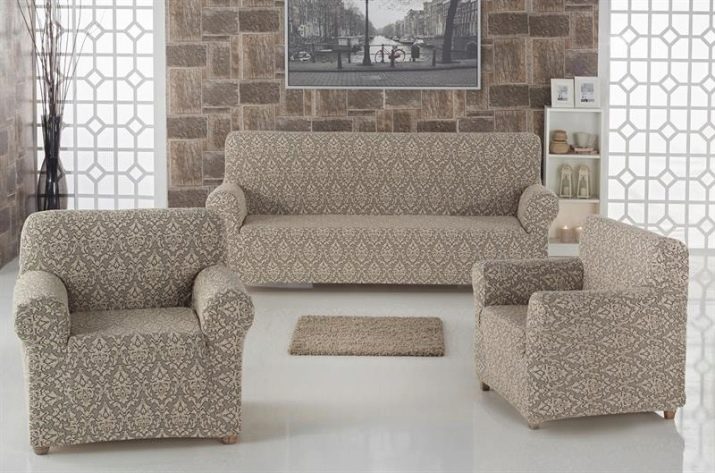
Furniture covers that are produced by Turkish factory Karna... The products are presented in a huge selection of colors, the width of their seats ranges from 210 to 260 cm, the depth - from 70 to 80 cm. The covers are fixed with special ties. They are made of knitted fabric, which is elastic, highly wear-resistant and pleasant to the touch.
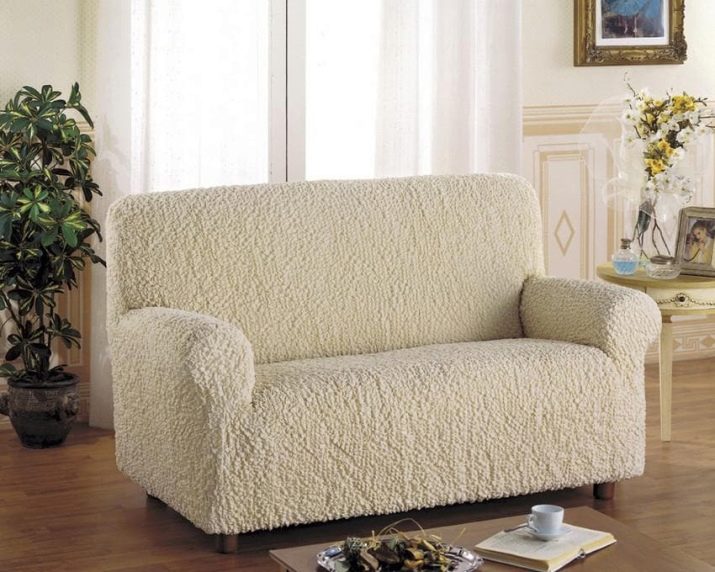
The most famous manufacturer of furniture covers in the world deserves special attention - Italian company Ga. i. Co. Her products are of high quality, stain resistance and a chic choice of color palette.
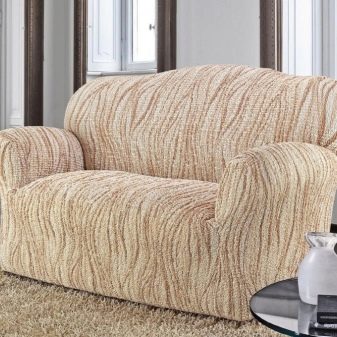
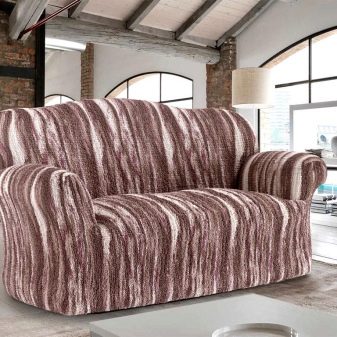
How to choose?
Before purchasing a cover for an armchair or sofa, it is important to choose not only its color, which should harmoniously fit into the overall design of the room, but also the quality of the material, since the duration of the product's operation will depend on it. Experts advise to give preference to covers made of durable fabrics that are resistant to sunlight (do not fade), do not cough or stretch. The choice of the size of the capes also plays a huge role; covers over 160 cm long are suitable for a three-seater sofa, and for two-seater ones, smaller ones. For corner and modular designs, you should buy covers with a size of 5.5 m or more. As for the chairs, universal models are chosen for them.
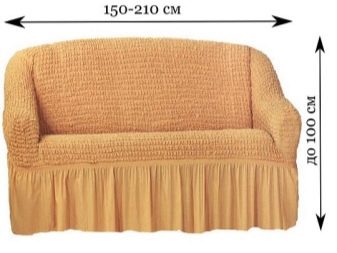
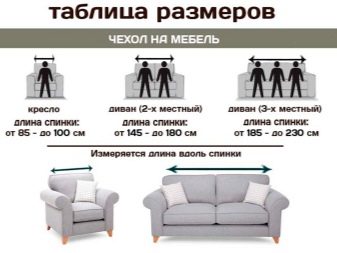
How to choose a sofa cover, see below.








